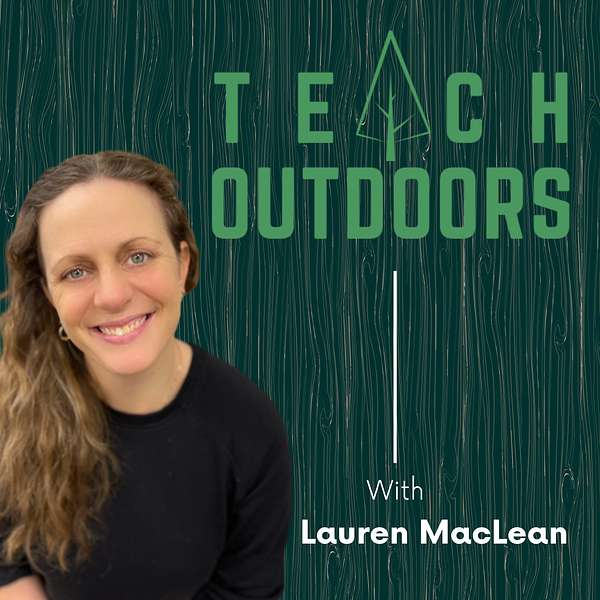
Teach Outdoors
Teach Outdoors
Mathematics and Outdoor Learning with Janice Novakowski
In today's episode of Mentoring Nature Connections, we are looking at how to infuse mathematics into our outdoor learning adventures.
Our guest tonight is Janice Novakowski who is a K-12 mathematics and numeracy consultant for the Richmond district in BC. She is also an adjunct professor at the University of British Columbia, working with pre-service teachers and is on the board of directors of the Vancouver reggio association and facilitates the BC Reggio-Inspired Mathematics Project.
What we discuss today:
*Looking at the world through a mathematical lens! Where does math live outdoors?
*Expanding our understanding of what mathematics is. Looking beyond just computations and seeing how dialogue, discourse and doing mathematics is a key aspect of our BC curriculum.
*Understanding our curriculum will help us follow the inevitable emergent opportunities that nature provides us with.
*Documentation as a tool to help make our outdoor mathematical learning visible.
*So many easy-to-use ideas on how to incorporate mathematics outdoors. For example, using simple prompts based off what you notice outdoors that day. What do you notice? What do you wonder? What math do you see?
*Janice references ‘The Studio’ which is a classroom she has set up at Grauer Elementary in Richmond where she invites classrooms of students and educators to explore play-based mathematics.
* BC Reggio-Inspired Mathematics: https://janicenovkam.typepad.com/reggioinspired_mathematic/archives.html
Inspirational People who were mentioned:
Dr. Cynthia Nicol, UBC - https://edcp.educ.ubc.ca/faculty-staff/cynthia-nicol/
Dr. Selma Wasserman, SFU - https://www.sfu.ca/education-research-hub/research-in-focus/spotlight-series/retiree-research/Selma-Wassermann.html
Terry Point – connecting mathematics, science and land. Interview with the late Terry Point: http://thenhier.ca/en/content/x%3F%3F%3Fiw%3Fn-cep-k%3F%3F%3F%3F-n%3F%3Fey%3F%3F-remember-your-teachings.html
Local weavers: learning about the connection of cedar, wool and mathematics
Jessica Silvey - http://www.authenticindigenous.com/artists/jessica-silvey
Alice Guss - http://www.authenticindigenous.com/artists/alice-guss
Janice and Buddy George - http://weavinghouse.com/who-we-are/
Novelty Nature Note:
*Symmetry is very common in nature and the type of symmetry provides a different purpose – so we have bilateral symmetry whereas starfish have rotational symmetry which helps them attack their prey from different directions.
*After touring the land of the Musqueam community, Janice learned about the indigenous connection to the land and how time is measured. For example, early spring is when salmonberries bloom. This time of year can also be called the “time of the salmonberries.”